Up Next

Valtteri Bottas has revealed the biggest difference between the Mercedes and Ferrari Formula 1 engines is the driveability, which he describes as the Ferrari’s “big plus”.
Ferrari has an up-and-down record since 2014. having started well behind Mercedes before catching and surpassing it by the 2019 season, although this was via much-scrutinised methods and the FIA had concerns about the legality of that year’s Ferrari power unit.
In response the FIA issued various technical directives to clamp down on illegitimate engine techniques and Ferrari’s performance sharply declined as a consequence.
Ferrari has worked to eliminate that deficit over the past two years and its 2022 power unit is considered by many in F1 to be the new benchmark.
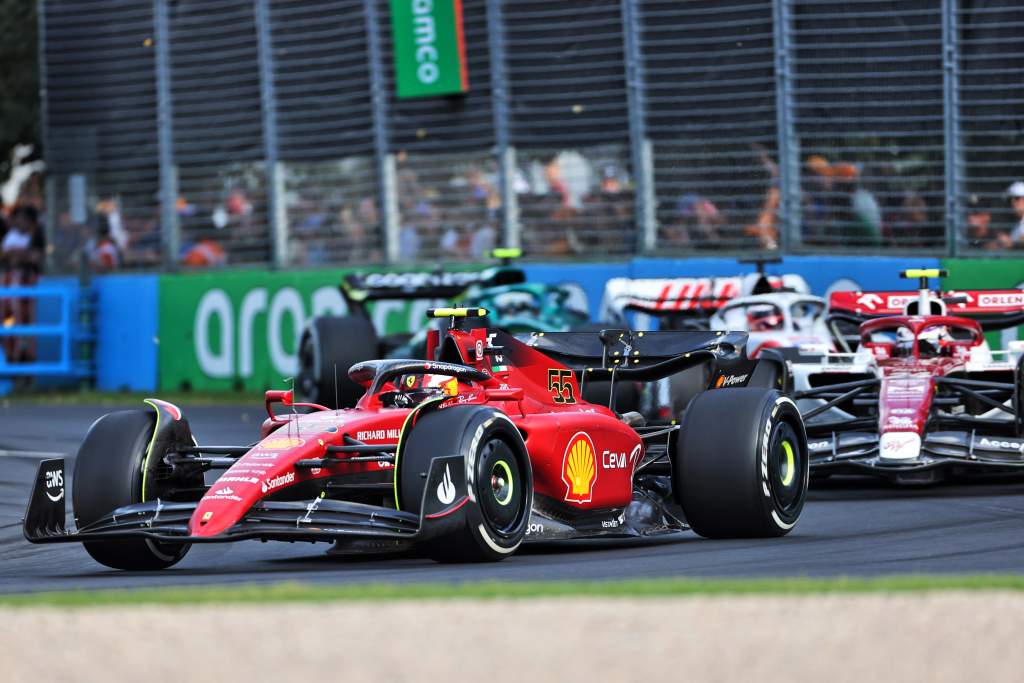
Meanwhile, Mercedes has faced questions over whether its engine now has a power deficit given the works team and its customers have all faced difficult starts to the season – something Mercedes has dismissed as a coincidence.
When sharing the press conference with four drivers from Mercedes-powered teams in Saudi Arabia, Bottas followed a question to them about their engine’s performance by joking he was very happy with his Ferrari.
Prior to moving to the Alfa Romeo team for 2022, Bottas had spent almost his whole F1 career driving Mercedes-powered cars, with the exception of his debut season where Williams was Renault powered before it adopted Mercedes engines for the V6 hybrid era in 2014 (pictured below).
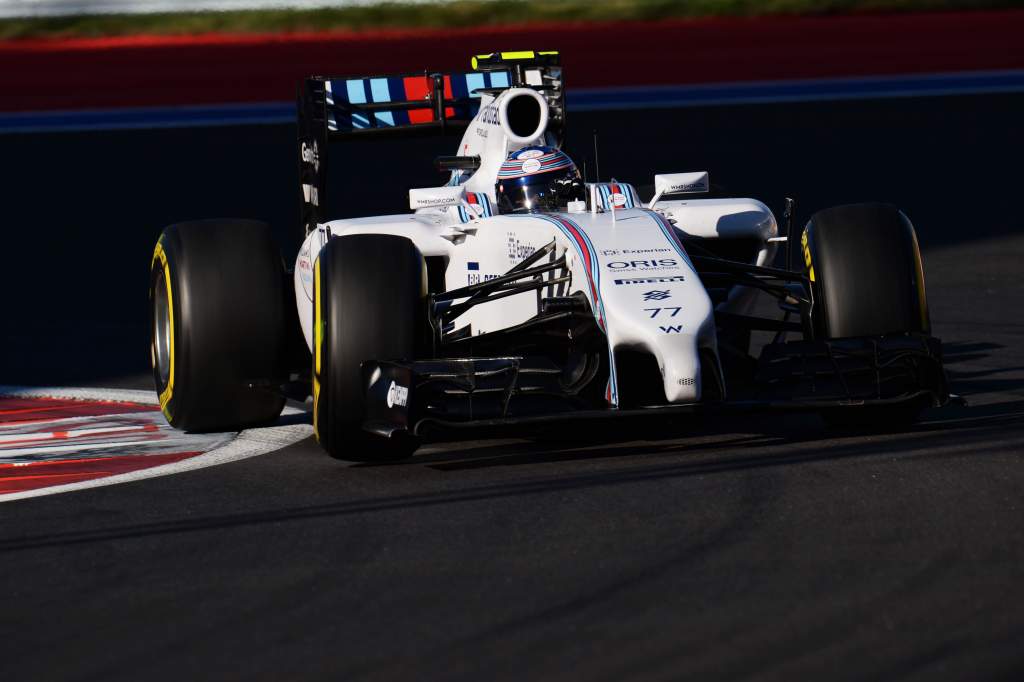
That means only Lewis Hamilton has completed more laps with a Mercedes hybrid F1 engine now that Bottas has switched to the Ferrari power unit.
Speaking exclusively to The Race, Bottas noted two points of distinction between the designs – energy deployment and driveability, with the latter a key strength of the Ferrari.
“The energy deployment and the in-race strategy, it’s different in terms of how you manage it,” Bottas said.
“It feels like with the Ferrari power unit, more things are done manually from the driver versus at Mercedes [where] there were many more automatic modes, like attacking or defending.
“But on the Ferrari side, at least here [at Alfa Romeo], there has been more manual management, more responsibility to the driver.
“I don’t mind it. It’s nice to manage the battery and stuff.
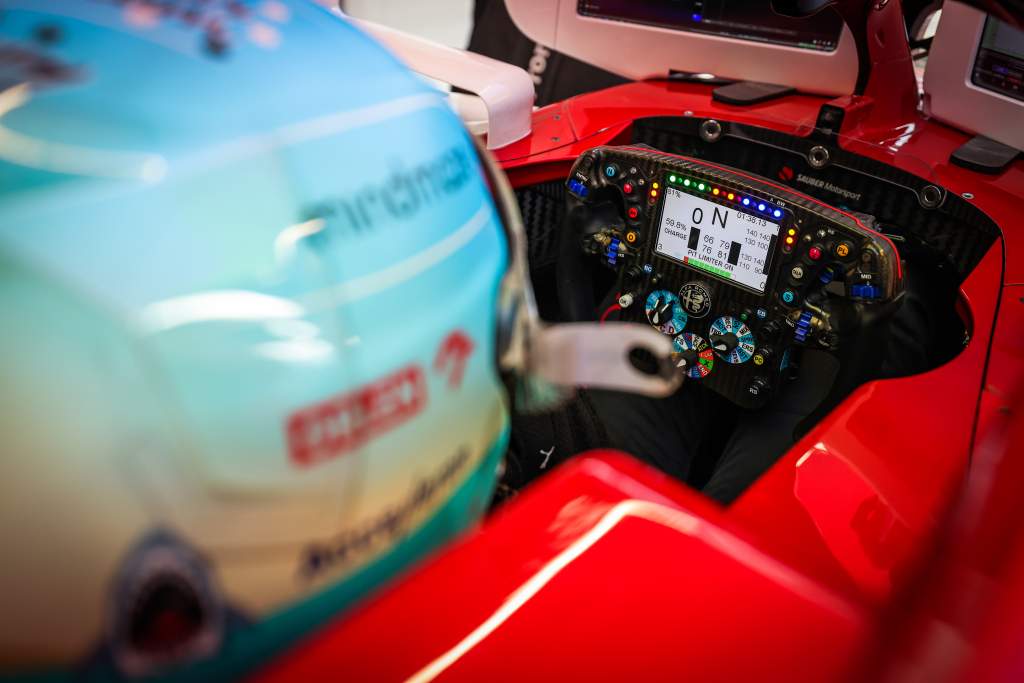
“Engine power, no big difference honestly. So that means they made progress from last year!
“But the drivability, to me, that’s the biggest difference. That’s a strength of Ferrari’s engine, the drivability.
“From corner exits, it feels like it gives more options of what gears to use and so on.
“So drivability, I would say, is the big plus on the Ferrari engine.”
Bottas’s first-hand experience tallies with external observations about the Ferrari engine that have been possible in the early races.
Ferrari’s works team leads both championships after three grands prix, with Charles Leclerc winning two races.
He had a fierce fight with the Honda-powered Red Bull of Max Verstappen in Bahrain, where there were noticeably different performance characteristics in terms of power deployment and straightline speed.
The Ferrari has generally been slightly faster out of corners and, as Bottas alluded to, has different gearing – usually shorter, which means quicker upshifts (especially in the early gears) and even holding the car in a higher gear through certain corners.
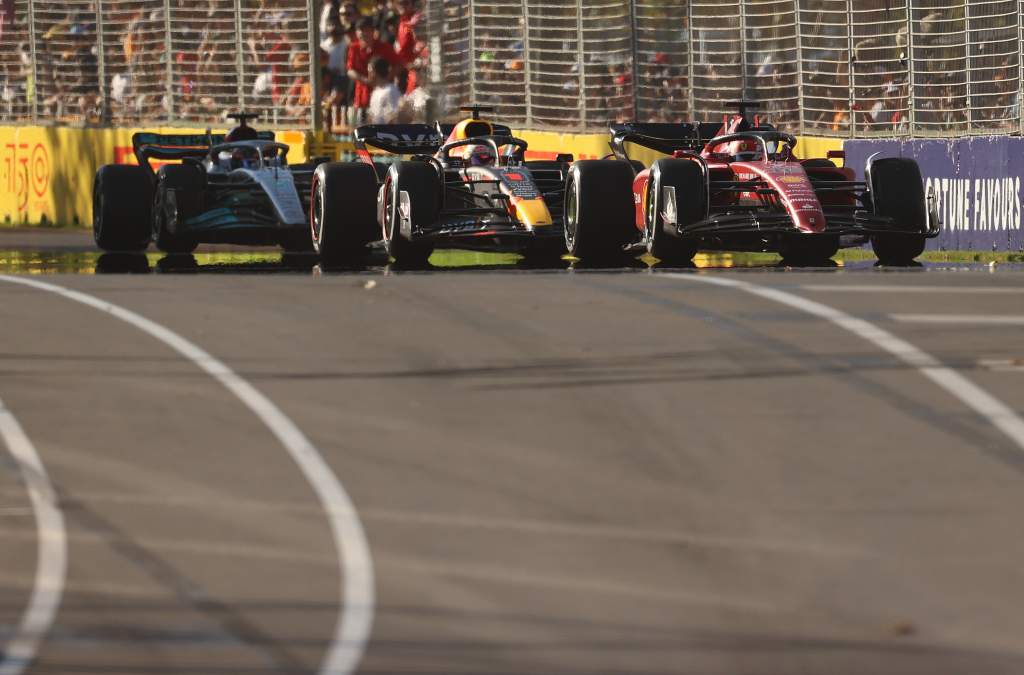
Ferrari’s progress with its engine has been vital as the designs are being homologated this year until the end of the 2025 season – the internal combustion engine has already been frozen in specification while the energy recovery systems will be homologated later in the year.
Ferrari’s internal combustion engine has undergone major revisions this year even though it shunned the split turbo-compressor architecture that is now used by all three other manufacturers.
It has started the season with essentially the same hybrid system it introduced in the second half of the 2021 season.
But an update is expected this year prior to the homologation date, with some speculation it could be introduced as part of a switch to a fresh power unit in Miami or Spain.
Ferrari’s significant step on the engine side has helped propel Alfa Romeo from a lower-midfield team into a regular top-10 contender at the start of 2022 – although the team itself takes much of the credit as the C42 is a considerably better car than its predecessor.
Bottas has admitted he is not fully in tune with the Alfa Romeo or its Ferrari engine but feels like the car and engine complement each other well as the Alfa Romeo is proving most competitive in slow corners.
“Initially when I joined the team, when I saw the words for different things and different maybe philosophy on some of the mappings and stuff I was like, ‘Woah, that’s not gonna be easy’,” Bottas said.
“But actually, it has gone quite well and I’m pretty comfortable with everything. Still, I wouldn’t say 100% in terms of making the most out of some of the settings but it’s not far off.
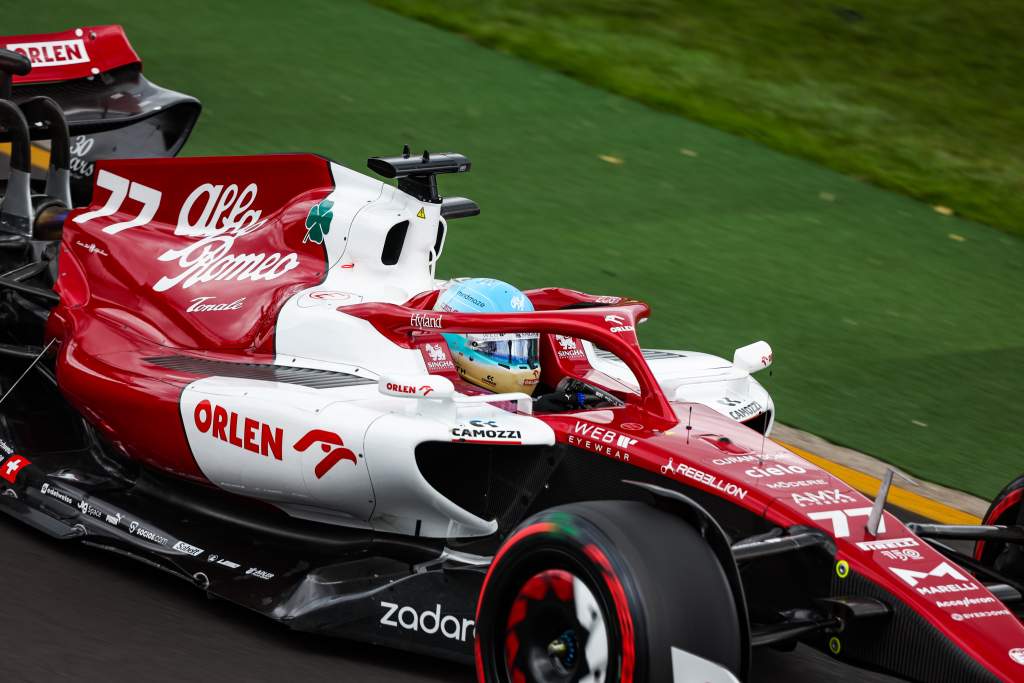
“We’ve been able to also simplify or make some things and wordings similar to what I’ve had in the past.
“That has kind of helped quite a bit and setting up the car, I think I’m on a good level.
“It’s been actually nice to be able to really set up the car into my liking.
“Actually, with this car, I feel really comfortable with how it works mechanically and the way it’s behaving.
“I think it’s also because we’ve been able to set it up so that it really fits my driving style as well.”





